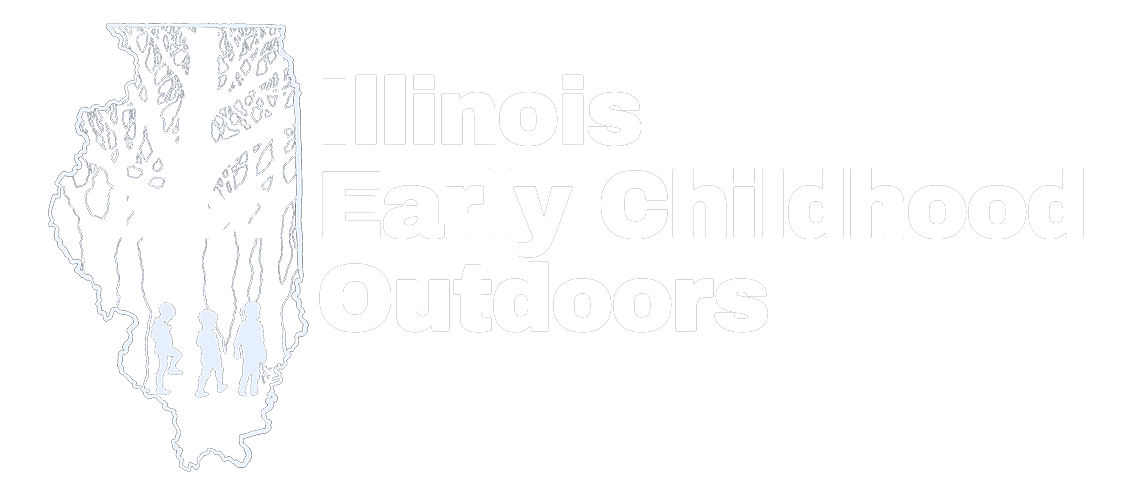Outdoor Early Childhood Program FAQs
What is an outdoor early childhood program?
First, a note on names: outdoor early childhood programs can be called by many names, including: outdoor preschools, forest preschools, nature preschools, and forest kindergartens. Regardless, each refers to an educational program for children, typically ages 3-6, who spend the majority of their time in a natural setting. The curriculum is:
Emergent—it follows what children take interest in,
Play-based—recognizing that children learn best when playing, and
Place-based—it uses the site itself, and the changes that happen through the day and the seasons, as the foundation for learning.
Teachers support children’s innate desire to learn about and connect with the natural world through play as it unfolds in a natural setting.
Isn’t keeping children outdoors all the time dangerous?
The purpose of outdoor early childhood programs is not endurance. The safety of children is always top of mind, given the real risks they face outdoors. However, the nature’s classroom approach is that a risk can be mitigated with proper guidance and supervision. Hazards—extremely cold or hot weather, severe storms, and the like—are to be avoided. State regulations should require hazard and emergency management plans for each school to ensure children are safe from serious harm.
Another way to look at this is to consider your own childhood, or that of your parents. The chances are high you spent much of your time exploring the outdoors, whether it was playing near a creek or in the woods in a back lot. The chance to be a child, to explore what caught your interest, to play in ways you created and enjoyed, to stretch your limits and take reasonable risks, to learn from your mistakes, to contemplate the clouds or the weather or nothing at all—those are the foundation of a creative, thoughtful, resilient childhood.
What does the research say about learning outdoors?
In his renowned 2008 book, Last Child in the Woods, author Richard Louv, reviewed the current scientific literature, and noted that it was “in its infancy, and easily challenged.” He goes on, however, to quote researchers Andrea Faber Taylor and Frances Kuo:
Given the pattern of statistically reliable findings all pointing the same direction and persisting across different subpopulations of children, different settings, and in spite of design weaknesses, at some point it becomes more parsimonious to accept the fact that nature does promote healthy child development.
In other words, all research points to the fact that being outdoors is good for kids.
Do outdoor early childhood programs exist currently?
Yes! Outdoor early childhood programs (or Forest schools or kindergartens) have been running in Europe for decades. In 2017, there were over 250 forest preschools found in 43 states in the U.S. The state of Washington established the first outdoor early learning pilot program in the country in 2017, and just began licensing outdoor preschools under that law. In Illinois, a number of outdoor early childhood programs exist, but only because they are exempted from daycare regulations when they are run by a municipality—and then they are subject to no standards at all.
